
Filter News
Area of Research
News Type
Date
Media Contacts
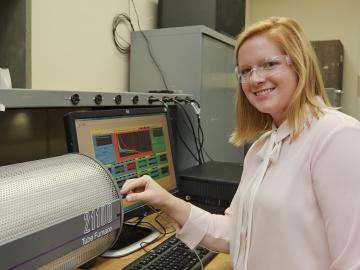

ORNL helps develop hybrid computational strategy for efficient sequencing of massive genome datasets
Computing experts at the Department of Energy’s Oak Ridge National Laboratory collaborated with a team of university researchers and software companies to develop a novel hybrid computational strategy to efficiently discover genetic variants
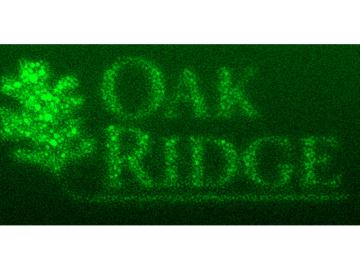

The Department of Energy’s Oak Ridge National Laboratory has received funding from DOE’s Exascale Computing Project (ECP) to develop applications for future exascale systems that will be 50 to 100 times more powerful than today’s fastest supercomputers.

The Department of Energy’s Oak Ridge National Laboratory and Momentum Technologies have signed a non-exclusive licensing agreement for an ORNL process designed to recover rare earth magnets from used computer hard drives. The patent-pending process developed as par...
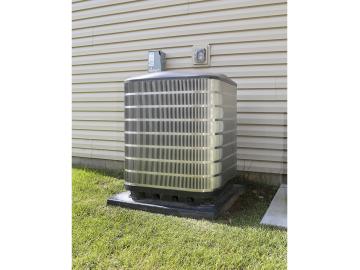

Keeping energy-concentrating mirrors at solar thermal power plants free from dirt is both labor and time intensive. Researchers at Oak Ridge National Laboratory are working to address the challenge with lab-developed superhydrophobic coating technology. “We’ve shown that applying...
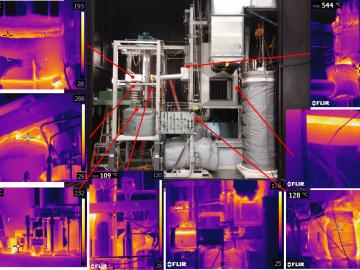
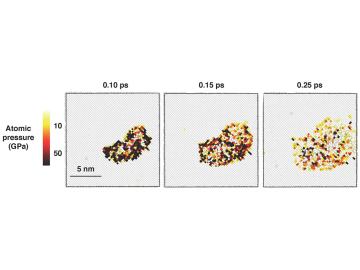
In nuclear reactors, energetic neutrons slam into metal atoms that are ordered in a lattice, displacing them with enough force to trigger a cascade of collisions. Laurent Béland, Yury Osetskiy and Roger Stoller, of the Energy Dissipation to Defect Evolution Energy Frontier Resear...
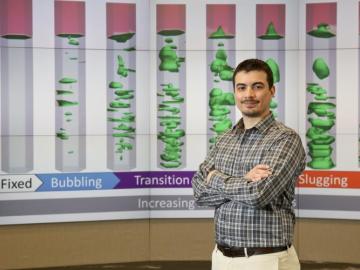
Just a few years ago, Emilio Ramirez spent his days operating and adjusting settings to optimize thermal performance at a Central California bioenergy power plant. Ramirez, a California native who is now a University of Tennessee doctoral candidate working with the Department of Energy's Oak Ridg...


